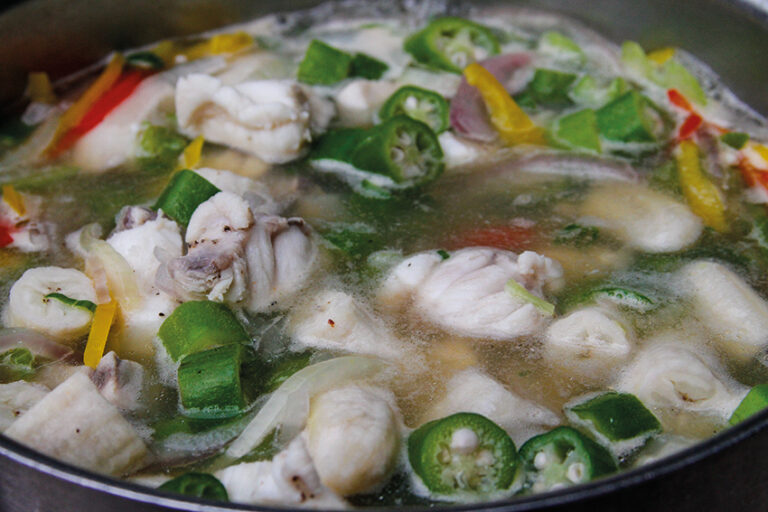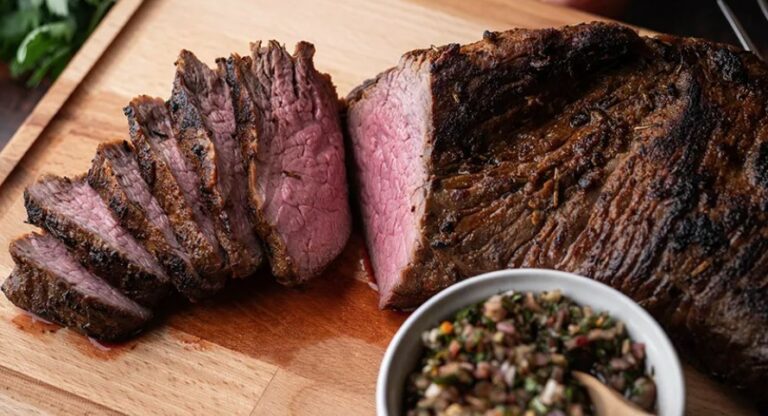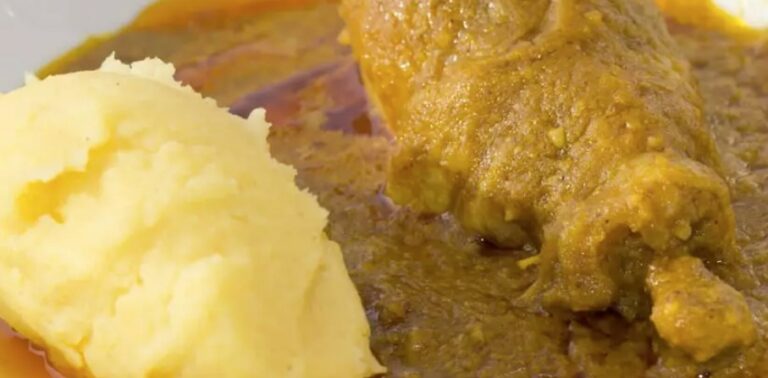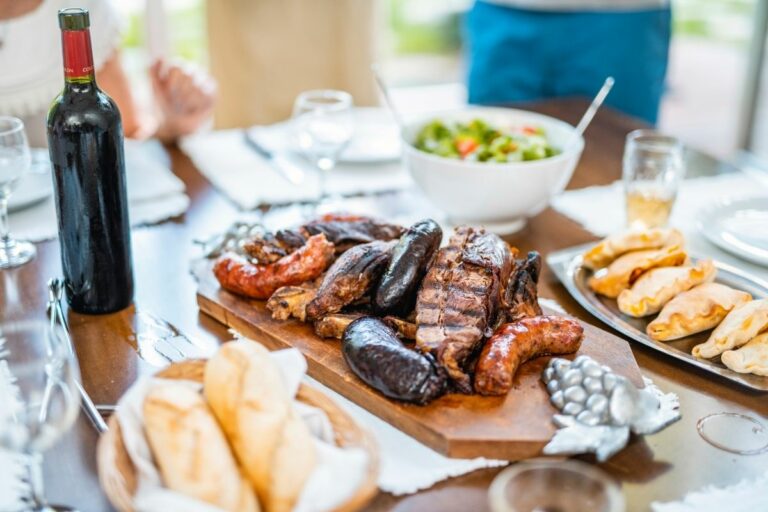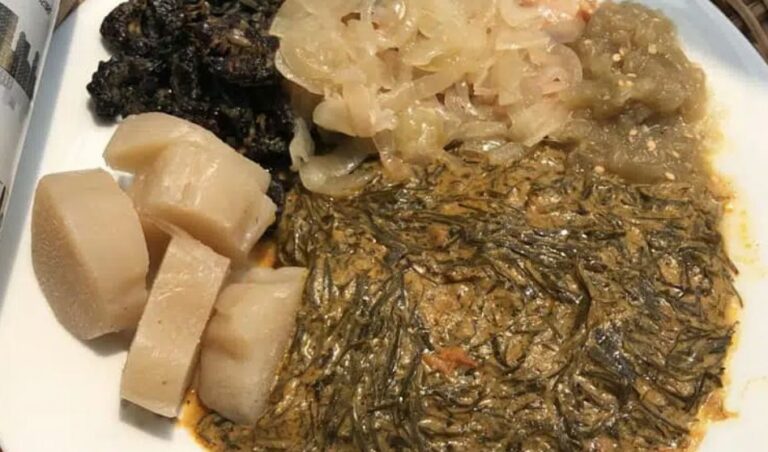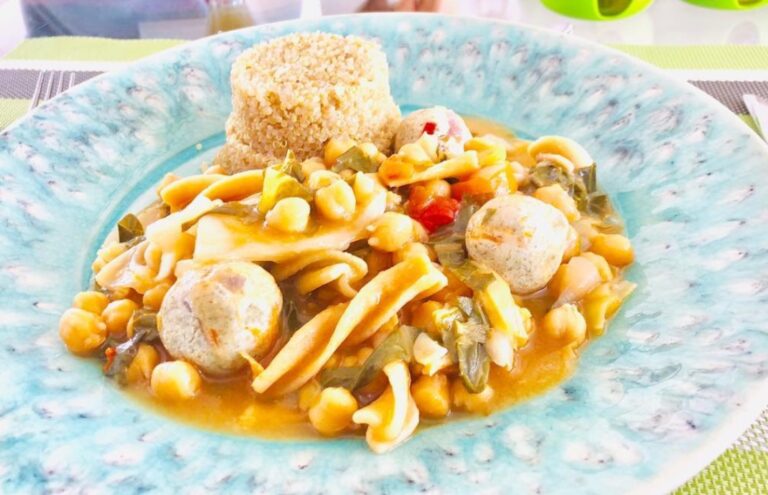Introduction: Antigua and Barbuda’s Soup Culture
Antigua and Barbuda is a beautiful island nation located in the Caribbean Sea. This small country is home to some of the most delicious culinary delights in the world. One aspect of Antiguan and Barbudan cuisine that is often overlooked is the soups. Soup has been a staple of Caribbean cuisine for centuries. Antigua and Barbuda are no exception, with a rich history of soups that have been passed down through generations.
What Defines a Traditional Soup?
A traditional soup is one that has been passed down through generations and has stood the test of time. These soups often have a long history and are steeped in tradition. They are made using traditional ingredients and cooking methods, and they often have a special meaning or significance. In Antigua and Barbuda, traditional soups are an essential part of the country’s culinary heritage, and they have played an important role in the country’s culture and history.
The Role of Soups in Antiguan and Barbudan Cuisine
Soup is an integral part of Antiguan and Barbudan cuisine, and it is often served as an appetizer or as a main course. Soups are a popular dish in Antigua and Barbuda because they are healthy, filling, and delicious. They are often made with fresh, locally sourced ingredients, and they are rich in flavor and nutrients. Soups are also a great way to showcase the country’s culinary heritage, with many traditional soups featuring ingredients that are unique to Antigua and Barbuda.
Popular Soup Ingredients in Antigua and Barbuda
Antigua and Barbuda are blessed with a wide variety of fresh, locally grown ingredients that are used to make delicious soups. Some of the most popular soup ingredients in Antigua and Barbuda include pumpkin, sweet potato, yam, corn, plantain, and okra. These ingredients are often combined with meat, fish, or poultry to create hearty and flavorful soups that are a staple of the country’s cuisine.
Traditional Soups for Special Occasions
In Antigua and Barbuda, soups are often served on special occasions such as weddings, funerals, and other celebrations. Traditional soups such as goat water, pepperpot, and crab and callaloo soup are commonly served at these events. These soups have a special significance and are often associated with specific traditions and customs.
Lesser-Known Soups in Antigua and Barbuda
While Antigua and Barbuda are known for their popular soups, the country also has some lesser-known soup recipes that are equally delicious. These soups are often made using unique ingredients and cooking methods. One example is the beef soup, which is made with beef, dumplings, and vegetables. Another example is the fish soup, which is made with fresh fish, vegetables, and spices.
The Future of Traditional Soups in Antigua and Barbuda
The future of traditional soups in Antigua and Barbuda looks bright. The country’s culinary heritage is deeply rooted in tradition, and many people are working hard to preserve and promote traditional recipes. The government is also playing a role in promoting traditional soups by sponsoring culinary events and festivals that showcase the country’s cuisine.
Conclusion: Exploring Antiguan and Barbudan Soup Culture
Antigua and Barbuda’s soup culture is a rich and diverse one that spans centuries. Traditional soups are an essential part of the country’s culinary heritage, and they have played an important role in the country’s culture and history. Whether you are a local or a visitor, exploring Antiguan and Barbudan soup culture is a must-do activity. From traditional soups to lesser-known recipes, there is something for everyone to enjoy.

